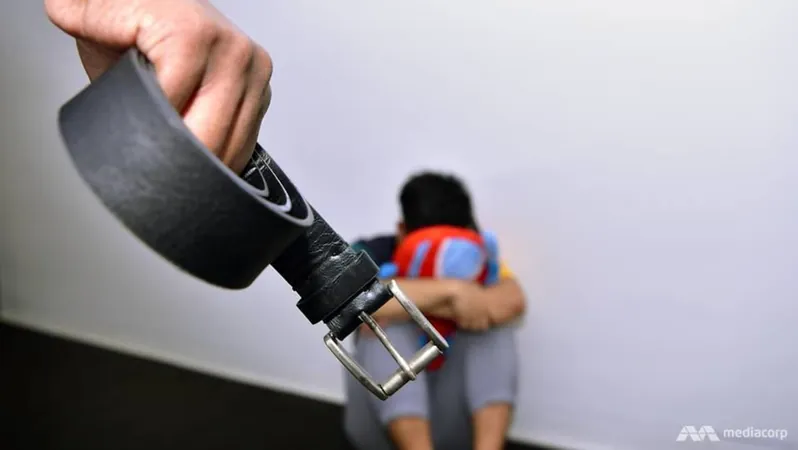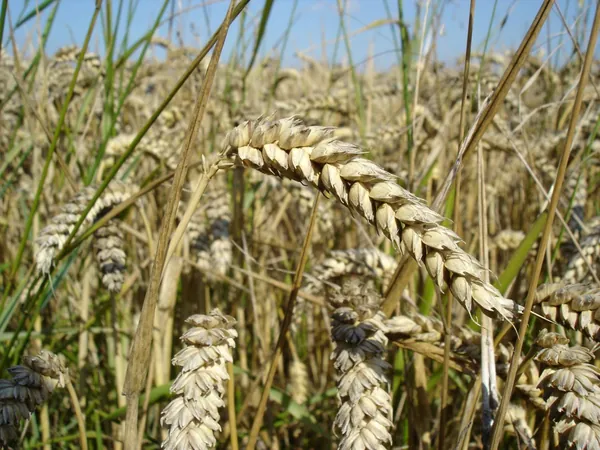
Shocking Rise in Child Abuse Cases Amid Heightened Awareness of Domestic Violence in Singapore
2024-09-26
SINGAPORE — Recent reports indicate a disturbing trend in child abuse cases within the country, particularly those categorized as low to moderate risk.
According to the Ministry of Social and Family Development (MSF), cases have surged from 2,377 in 2021 to 2,787 in 2022, representing a 17% increase. This data was unveiled in MSF's inaugural Domestic Violence Trends report published on September 26.
The Report's Findings
The report categorizes abuse cases into two tiers. Tier 1 encompasses low to moderate risk situations, defined by infrequent verbal abuse that does not escalate into physical violence or severe psychological harm. These tier 1 cases are managed by community agencies, including child protection specialist centers, which focus on early intervention and support.
In contrast, tier 2 cases are classified as high risk, requiring statutory intervention. Examples include severe physical injuries inflicted by caregivers. Reports reveal that tier 2 cases decreased slightly from 2,141 to 2,011, a drop of 6%, although these numbers still exceed pre-pandemic levels.
Causes of the Increase
Experts believe this spike is attributed to the emotional and financial strains families endured during the COVID-19 pandemic, compounded by increased awareness campaigns encouraging the reporting of child abuse.
Demographics of Abuse Cases
Notably, children aged seven to twelve represent the largest demographic for tier 1 cases, whereas those six and under are predominantly involved in tier 2 cases. Minister of State for Social and Family Development, Sun Xueling, voiced her concerns over the rising trend of child abuse, emphasizing the need for educators and community organizations to be better equipped to detect signs of abuse.
“Physical abuse remains the primary concern,” she stated, adding that while parents have a role in discipline, the distinction between reasonable and excessive punishment must be clear. “Discipline must be proportionate; any harm resulting from discipline crosses a vital line,” she underscored.
Comparative Statistics
Despite these alarming figures, Singapore's incidence rate for new tier 2 cases remains relatively low at about three per 1,000 children, especially when compared to Australia, where the rate was 21 per 1,000 kids in 2021-2022. MSF is encouraging the reporting of all cases, claiming that “one case is one too many.”
Broader Context of Abuse
The report also sheds light on domestic abuse patterns involving spouses and the elderly. Incidents of spousal abuse showed a significant rise—from 1,632 cases in 2021 to 2,008 in 2022, marking a staggering 23% increase.
Elder abuse saw a slight uptick as well, with tier 1 cases raising from 283 to 297, indicating a growing awareness surrounding these pressing issues.
Interestingly, cases of tier 2 abuse involving vulnerable adults, particularly those over 65, saw a dramatic decline, suggesting a potential need for more robust awareness programs.
Government Response and Initiatives
In response to the increasing domestic violence cases, Singapore's government has been proactive, having established a task force focused on family violence back in 2020. Their measures include public awareness campaigns and specialized training for professionals in childcare and education sectors on recognizing and reporting signs of domestic violence.
Notably, a 24/7 emergency response team was introduced to handle high-risk situations, responding to 307 cases as of July this year. Moreover, recent legislative changes have empowered authorities to issue emergency orders in urgent scenarios of family violence, and plans are in the works to create a comprehensive Domestic Violence Act aimed at extending protections even further.
Conclusion
As concerns mount and the numbers rise, Singapore faces a critical juncture. The commitment to tackling domestic violence and child abuse highlights the need for community involvement, education, and policy reforms to protect the most vulnerable members of society.


 Brasil (PT)
Brasil (PT)
 Canada (EN)
Canada (EN)
 Chile (ES)
Chile (ES)
 España (ES)
España (ES)
 France (FR)
France (FR)
 Hong Kong (EN)
Hong Kong (EN)
 Italia (IT)
Italia (IT)
 日本 (JA)
日本 (JA)
 Magyarország (HU)
Magyarország (HU)
 Norge (NO)
Norge (NO)
 Polska (PL)
Polska (PL)
 Schweiz (DE)
Schweiz (DE)
 Singapore (EN)
Singapore (EN)
 Sverige (SV)
Sverige (SV)
 Suomi (FI)
Suomi (FI)
 Türkiye (TR)
Türkiye (TR)